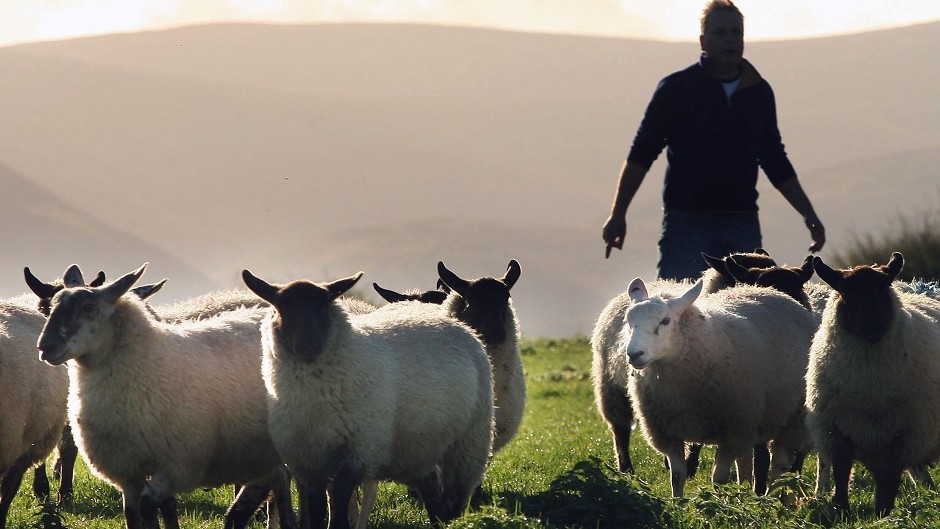Crofters who make use of common grazing land have hit out at subsidy rules which will lock them out of vital sheep coupled support.
The Scottish Government’s new ewe hogg scheme – the Scottish Upland Sheep Support Scheme (SUSSS) – opens for applications next month, however crofters warn they may be ineligible to claim because they graze on common grazings.
The scheme, which is worth around 8million euros (£5.64million), aims to provide direct support to help maintain sheep flocks in remote and fragile areas of Scotland.
Eligible farm businesses are those with 80% or more of their land in the Basic Payment Scheme region 3, and no more than 200 hectares (495 acres) of land in region 1.
They can only claim on home-bred stock females which must be kept on the claimant’s holding, or away winterings, from October 17 in the claim year to March 31 the following year.
The animals must be less than 12 months old at the start of the retention period.
Crofters have hit out at the way the land they use has been classified as it makes them unable to claim SUSSS payments.
According to NFU Scotland, some active crofters have been allocated payment region 2 on their in-bye rough grazings and region 3 on their common grazings.
This then results in less than 80% of their land being classed as region 3, thus locking them out of the ewe hogg payments scheme.
The union is now calling on government to reassess how it classes common grazings land – it wants crofters to have their payment region allocation based on the activity of each individual producer using the grazings, rather than the activity on the land as a whole.
The union’s secretary for Skey and Loch Duich branches, Jake Sayles, said: “We urge the Scottish Government to redress this issue to mitigate the unintended negative consequences for active livestock producers on common grazings. By creating a level playing field for producers using these common grazings, it will help support this traditional land use in these fragile communities.”
Scottish Crofting Federation chief executive Patrick Krause said: “SCF has been working on this crucial issue, warning of the consequences of the three region model since its instigation by the Scottish Government under intense pressure by the farming lobby.
“It is heartening to see that crofters are now pressing the NFUS to lobby against what their scheme does to common grazings. SCF has been in talks with Scottish Government officials, to which NFUS was invited. Together we hope to resolve this issue.”
Last night a Scottish Government spokeswoman said: “We understand the challenges crofters are facing and we will continue to work with the sector over the implementation of the new Cap. Crofters will generally see an increase in their payments but, as we have explained to NFUS, the same objective criteria was used for allocating payment regions to the common grazing land parcels as that used to assess all other land parcels in Scotland.
“Unfortunately, EU rules do not permit the splitting of a land parcel into different payment regions, and as things stand it would not be possible to waive the rules for the sheep VCS scheme for active crofters as the NFUS suggests. However, we will continue to engage with our crofters as we implement the new Cap.”
